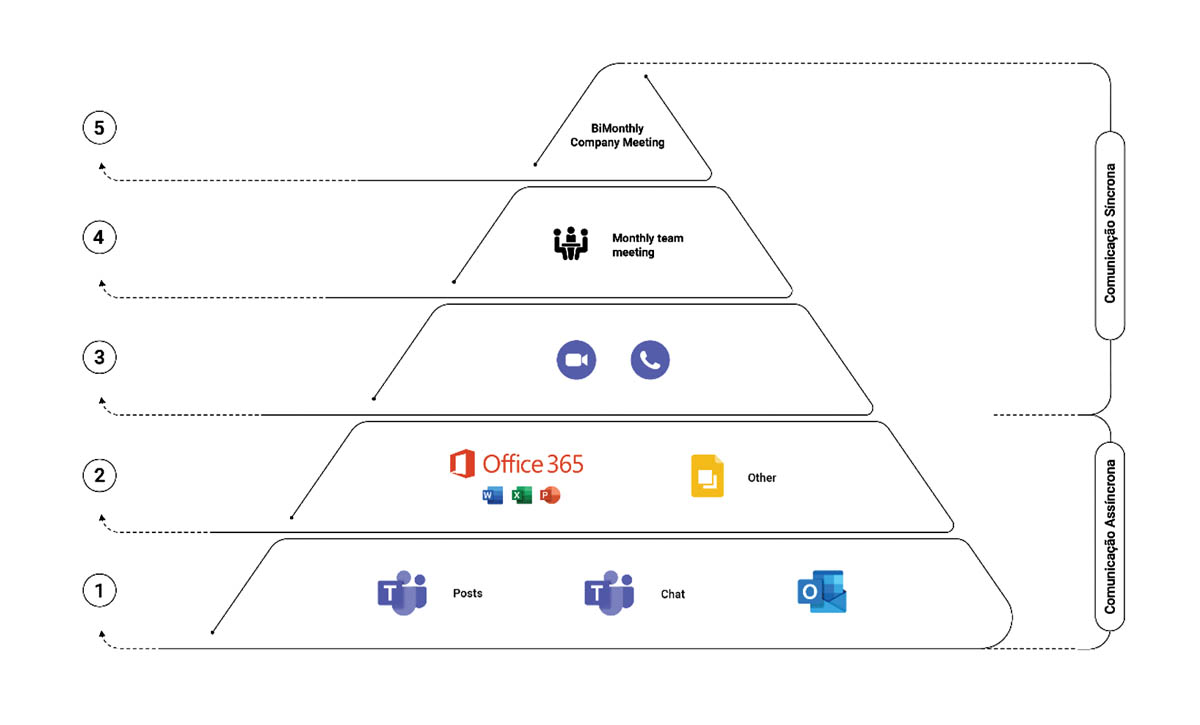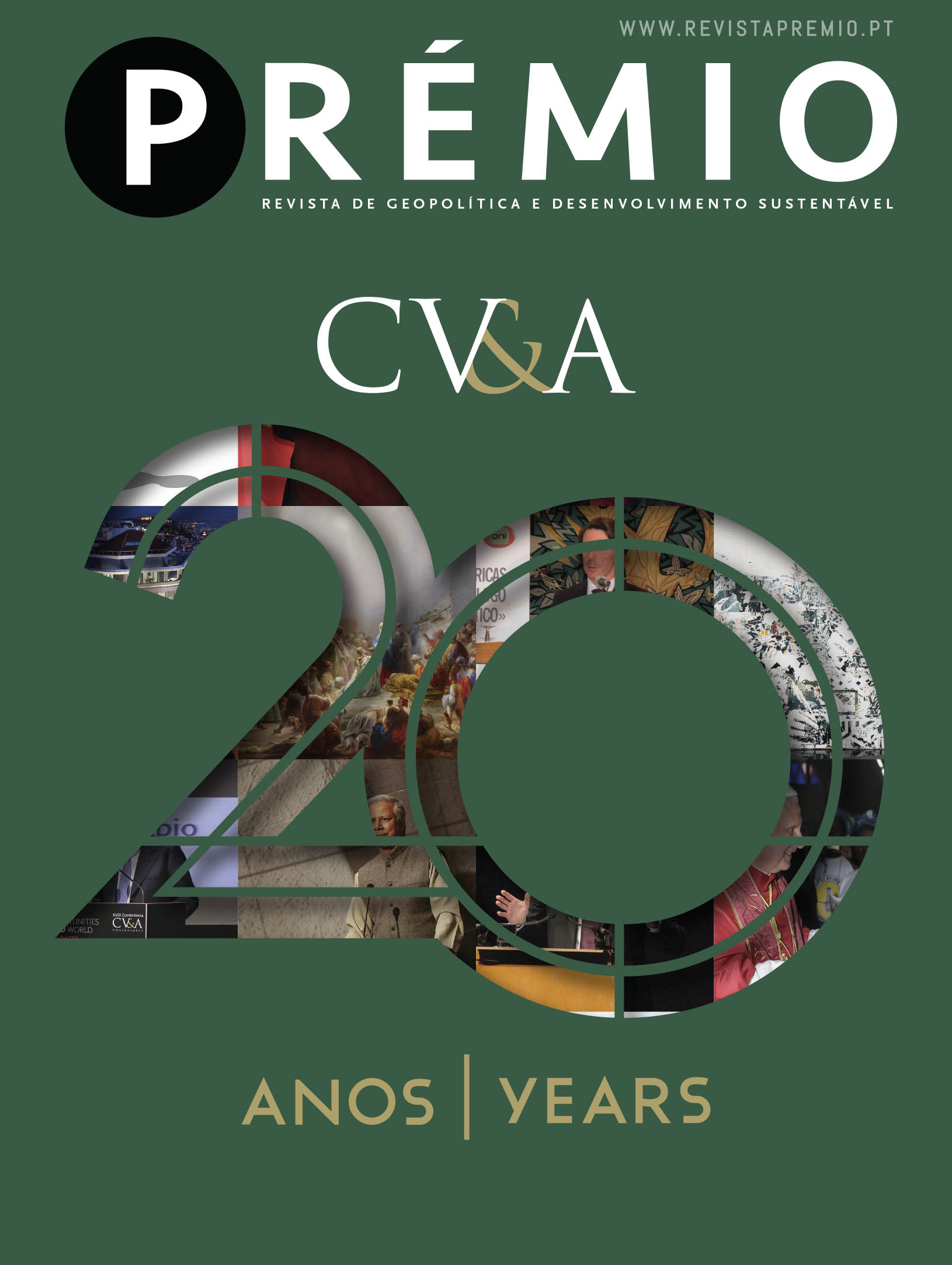Erik Lassche, CEO Fullsix Portugal
The COVID-19 pandemic has had a huge impact on every organization. One of the biggest changes has been the way we operate as a company and work as a team. Overnight, working from our homes became a reality. We became part of a social experiment at an unprecedented scale. At Fullsix, a customer experience agency with over 150 employees, it has caused a revolution and a new perspective on what it means to work together as a team. Surprisingly we discovered that in the end the discussion is not so much about working remote vs at the office, but all about communication.
Let me share some of the main conclusions that I personally have drawn from this unique experience. The first one is the simple fact that we can do it. A whole organization was able to work from home one moment from the other and keep functioning. Our human capacity to adapt is astonishing. The second conclusion is that we can be productive, maybe even too productive. And the third one is that it is extremely stressful. At least for most of us.
Although the pandemic has created unique circumstances, there was already quite a lot of evidence about the impact of working from home. A famous 2-year Stanford study shows that it gives productivity a huge boost. Additionally, employee turnover decreased by 50 percent, they took shorter intervals, had fewer sick days, and took less time off.
In general, work has become increasingly complex and more and more collaborative. At Fullsix almost all our projects are done in cross-functional teams. We normally stress the upside of this (such as better results and more integration) but there is also a downside. A HBR study shows that too much teamwork exhausts employees and saps productivity. Data collected over a span of 20 years showed that the time spent by managers and employees in collaborative activities has risen by 50% or more.
This increase in collaboration is paired with an exponential increase in means of communication. We live in a world of near-constant communication. The rise of mobile phones, of course, has exacerbated this even more, creating an avalanche of real-time communication at the tip of our fingers. This causes some serious issues.
First of all, it leads to constant interruption, which is not beneficial for a lot a high-value tasks that require deep thinking. Every interruption comes at a cost. Gerald M. Weinberg has shown that when we you do two tasks at the same time, 20% of your time and energy is wasted in switching context. With three tasks the cost of context switching rises to 40%!
Second, it puts a premium on being connected versus being productive. We have a deep natural bias that favors recent events over historic ones. This recency bias is constantly being tested in a world full of stimuli, where there is always the latest message, mail or alert that needs to be answered. A study conducted by Yahoo Labs found that the most common email response time was just 2 minutes. We clearly favor urgent over important.
Third and last, it causes stress, a lot of stress. Especially during the pandemic, employees feel that they have to be constantly available. Besides, we have a natural tendency to be connected. It is a literally how our brain is wired. In his book “Social: Why Our Brains Are Wired to Connect”, Matthew Lieberman argues that the social networks encoded in our neurons are linked to our pain systems, creating the intense feelings of heartbreak that we feel when someone close to us dies, or the total desolation that we might experience when we are isolated from other people for too long.
The drastic changes that the pandemic forced us to make has served as an accelerator for a more profound and permanent revolution at Fullsix. We decided to officially become a hybrid organization, meaning that employees can change between working at home or at the office. Whenever they want, wherever they want. For this to work we had to make some radical changes. The most obvious one is move to a new physical office. Not only is this new office smaller, with 3 times less space than the previous one, it is also different, with designated areas for collaborating, socializing and individual work.
The less obvious change, and more difficult one, is to assess current internal processes and procedures and adapt them to this new reality. We found out at Fullsix that the main issue is not where you work but how you communicate within an organization. It is crucial for a management team to create clear rules of engagement for the whole organization with regard to communication. A useful tool has been the implementation of a Pyramid of Communication at Fullsix, partly inspired by companies such as Doist a productivity software company.
One of the insights behind the Pyramid of Communication is the realization that not every type of communication is the same. A distinction should be made between asynchronous and synchronous communication. Asynchronous communication is when you send a message without expecting an immediate response. In contrast, synchronous communication is when you send a message and the recipient processes the information and responds immediately. In-person communication, like meetings, are examples of purely synchronous communication. You say something, I receive the information as you say it, and respond to the information right away.
The foundation of our Pyramid consists of collaborative tool that allows for easy and asynchronous teamwork (we opted for Microsoft Teams, but there are many other options). Email is mainly used for external communication. A second step are in-context annotations, mainly in collaborative documents using for instance Google Docs or MS Office 365.
Only after these two “basic” levels we enter synchronous communication, such as videoconferences or physical meetings. The 2 top tiers of the pyramid are monthly team meetings, a 1:1 with direct superior and a bimonthly company meeting. This does not mean that these face-to-face encounters are less important, on the contrary. Synchronous communication is crucial for us to function as a team and should thus focus on quality and not quantity. But, as discussed, modern communication tools have created an “on steroids” version of this. This is where asynchronous communication has a role to play. Finding the right balance between these two types of communication is key in being more productive and less stressful.
In my opinion leaders have a crucial role to play in defining this balance. The New Yorker recently said it accurately with their article “E-mail Is Making Us Miserable”. We need to counter some of our human urges in order to produce higher quality results, and more important, protect our teams from this strange and somehow unnatural setting that we have created for ourselves. By doing so, we as leaders, not only do the logic thing but also the right thing as humans.








